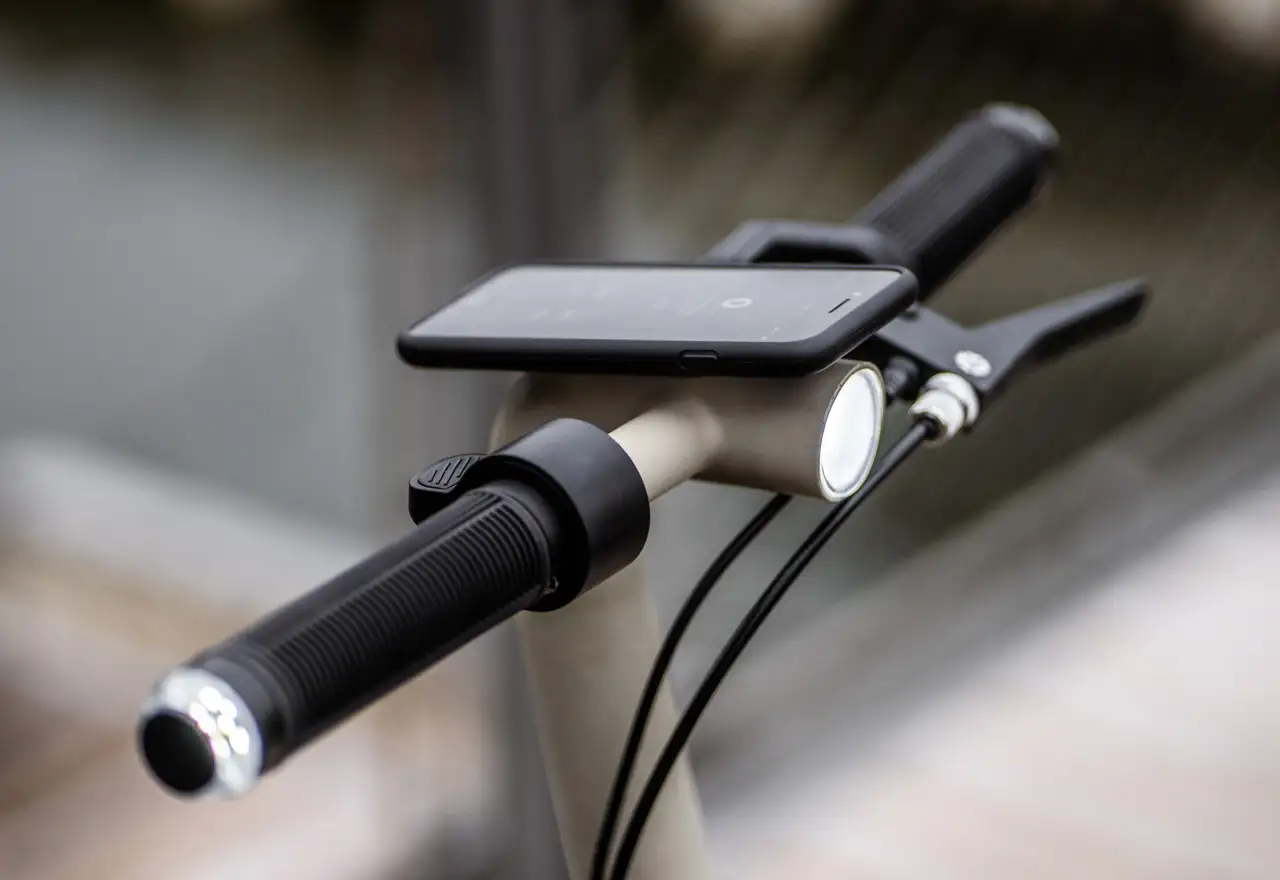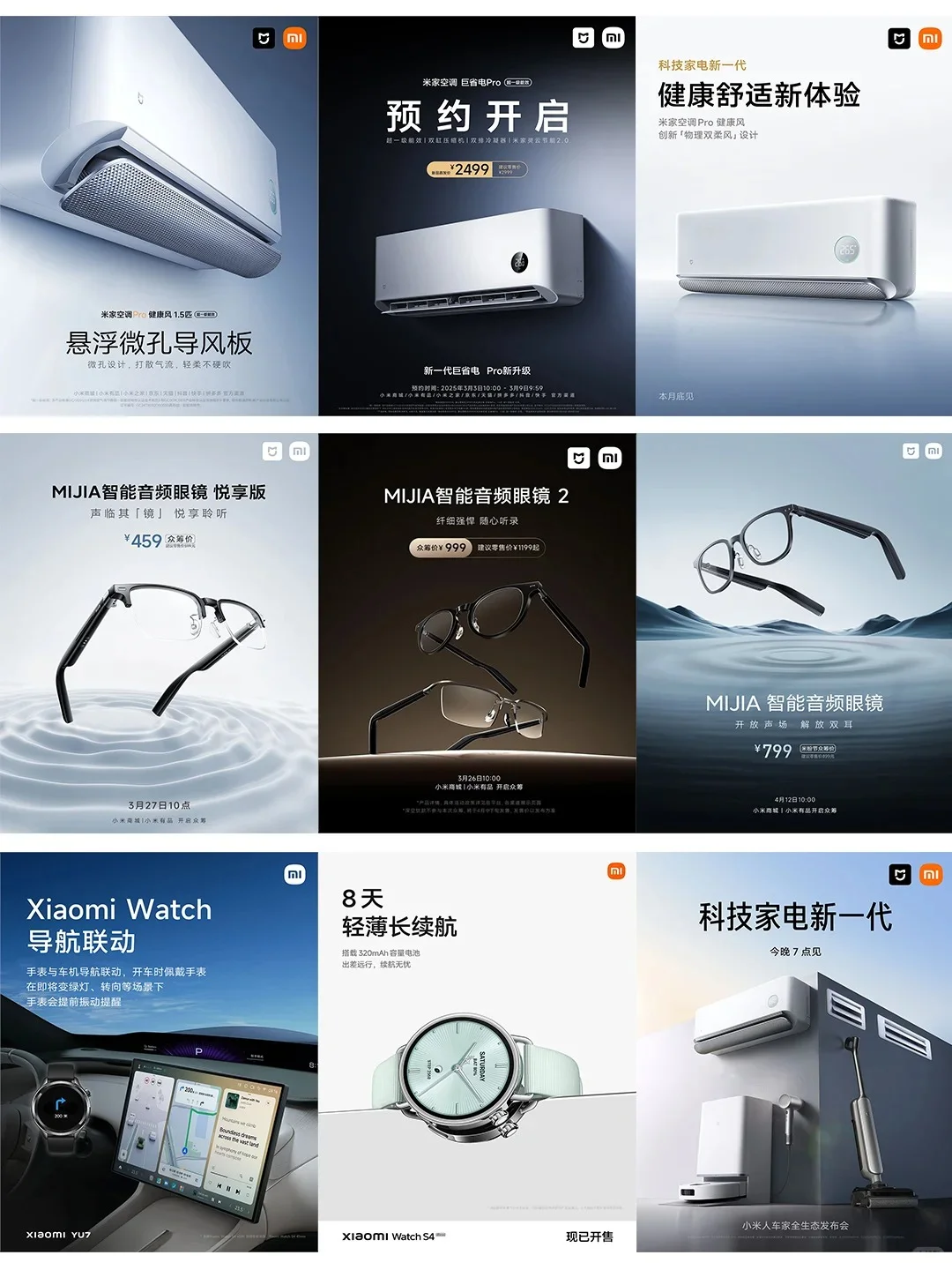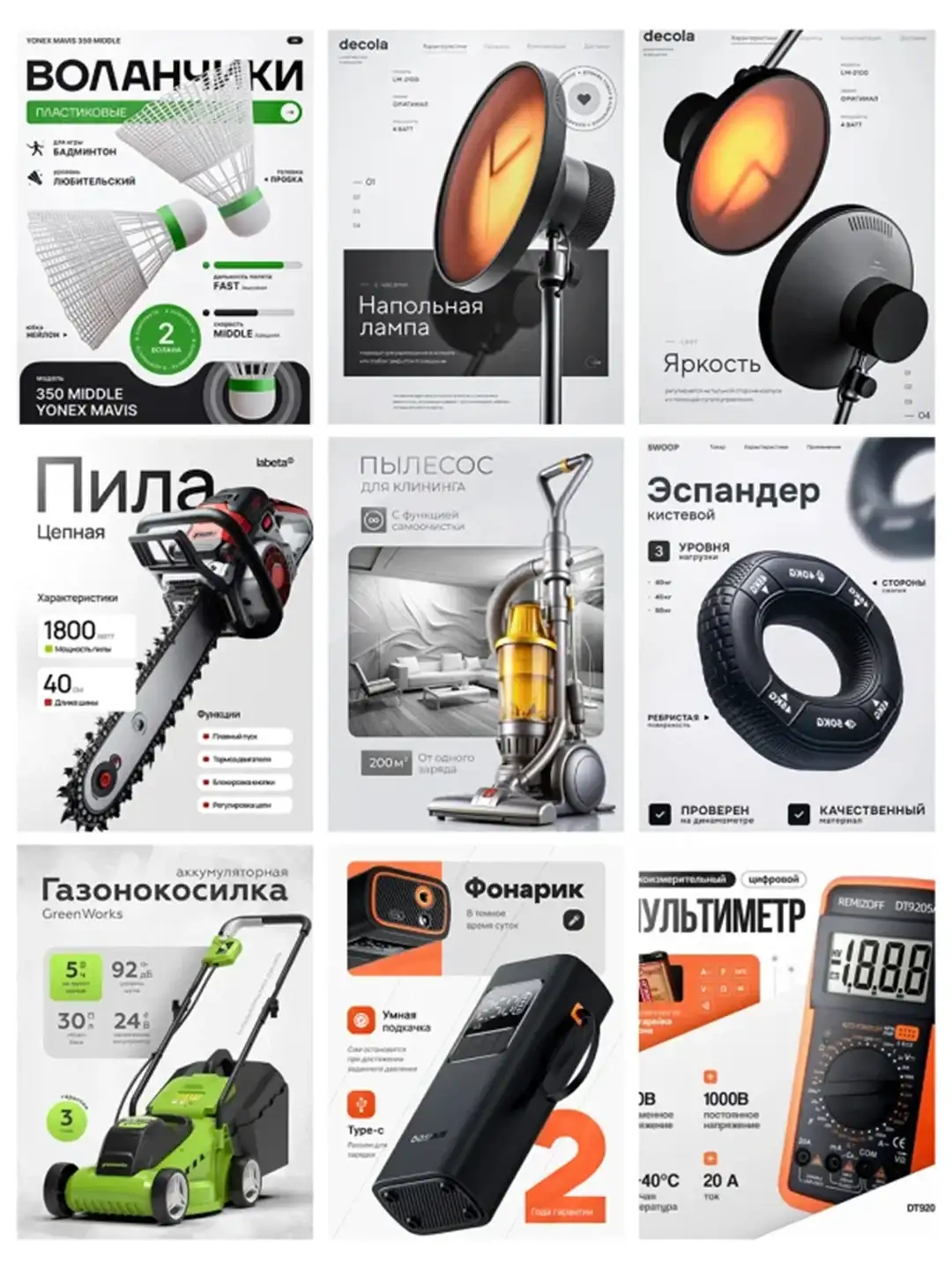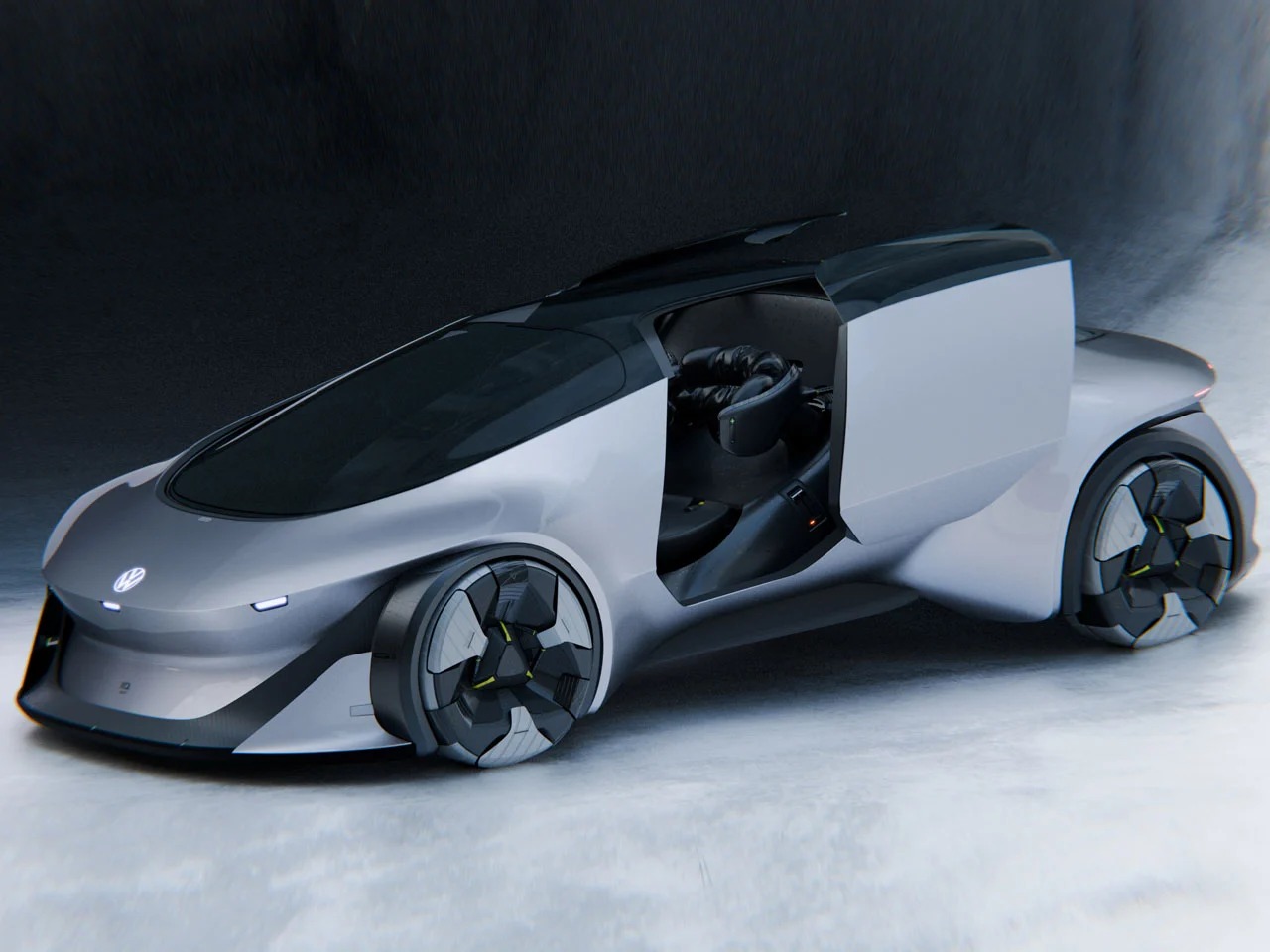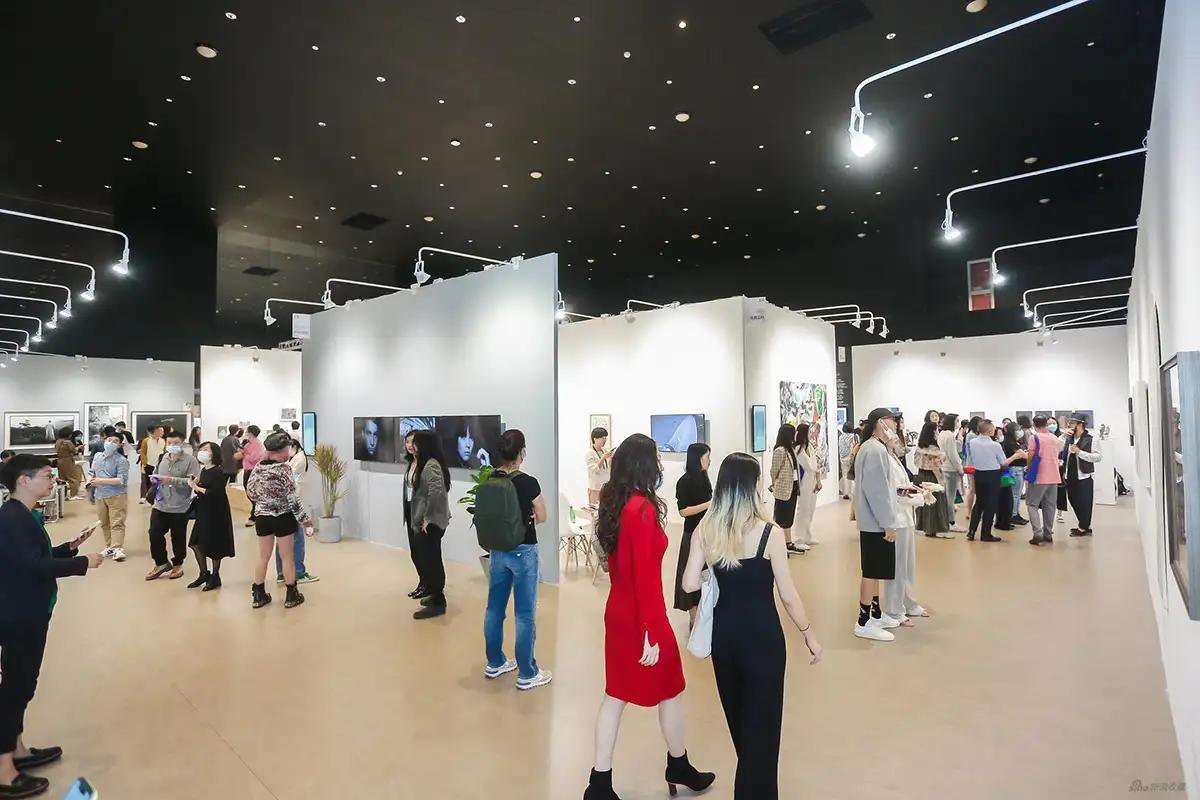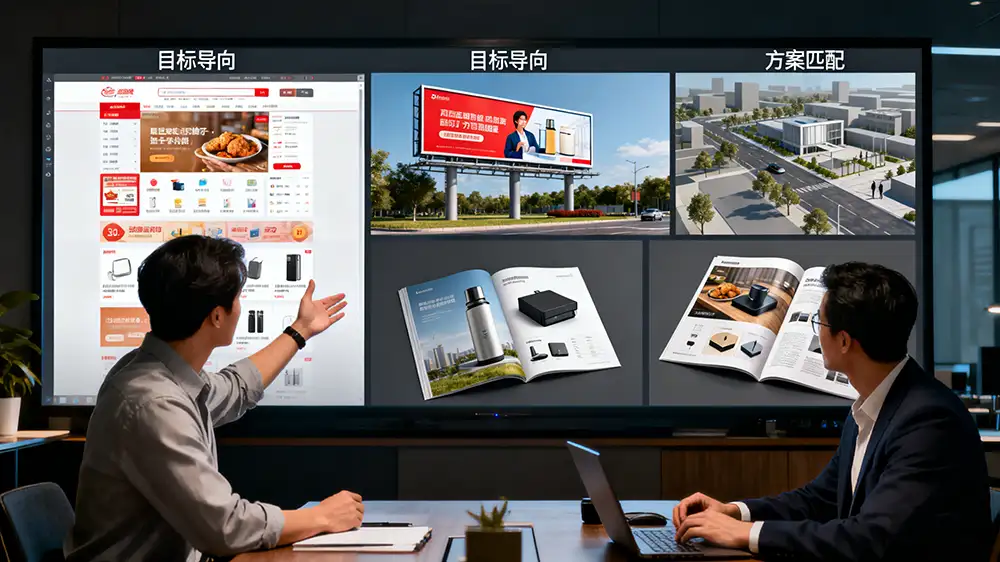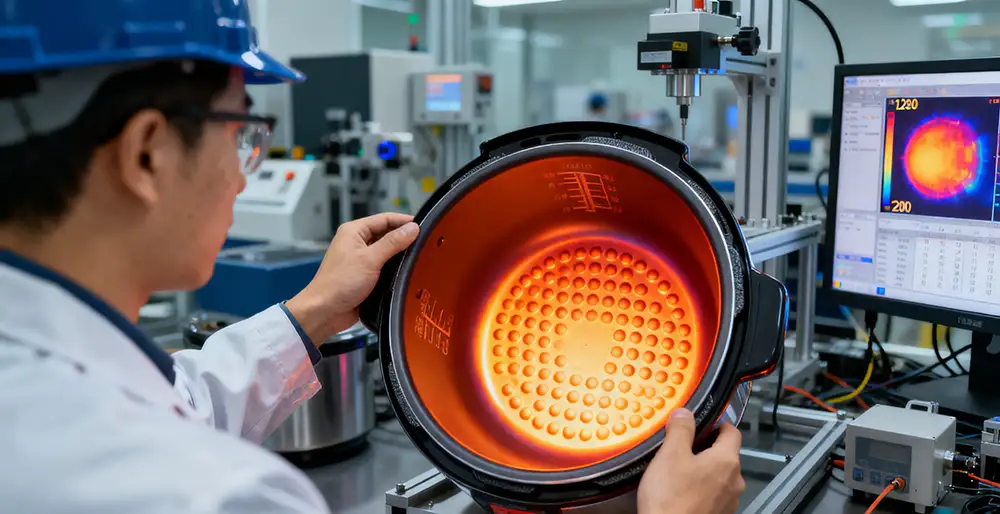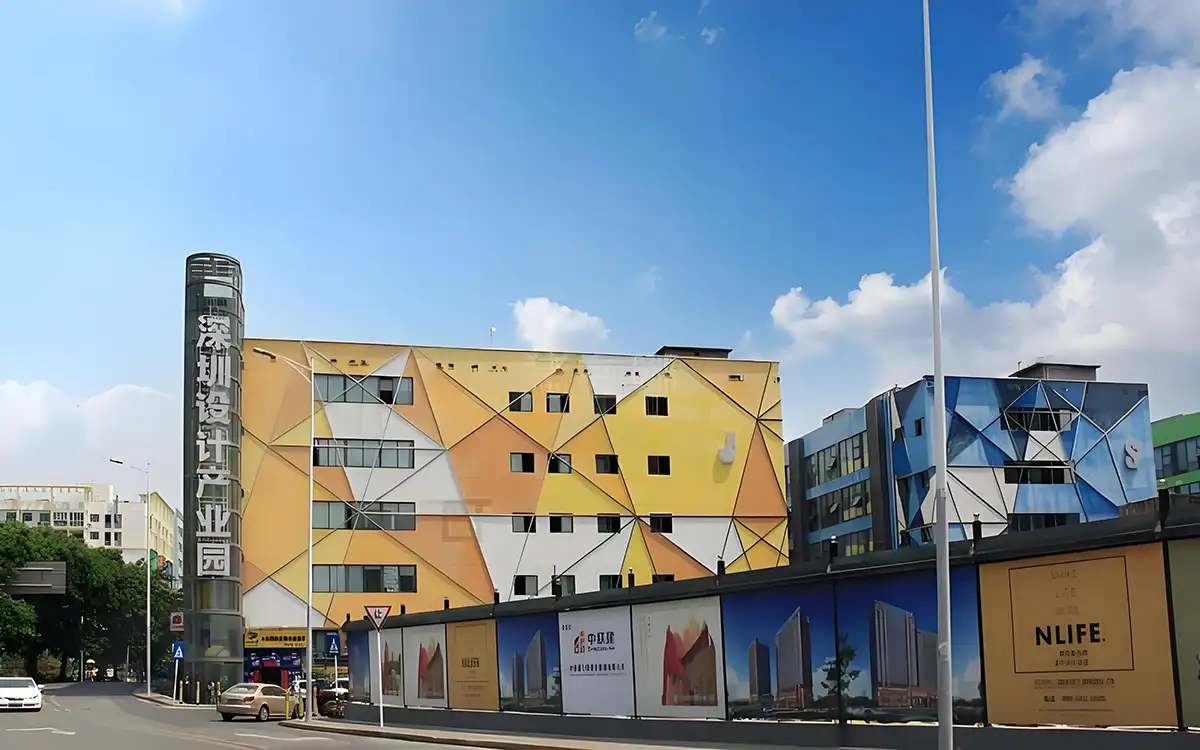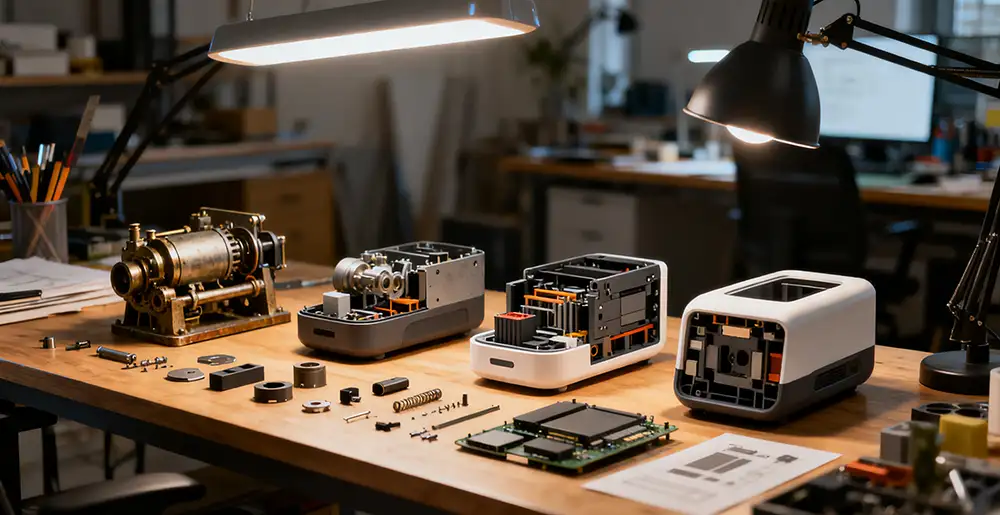NINEIDEA:工业设计领域,创新是推动产品进化的关键,但新手工业设计师常因经验不足,陷入各类创新误区。以下是新手工业设计师最容易踩的 5 个「创新陷阱」。
一、重外观轻功能创新
新手工业设计师往往着迷于塑造独特、酷炫的产品外观,却对功能的创新有所忽视。比如设计一款新型榨汁机,过于关注外壳造型的流线感和色彩搭配,却未在榨汁效率、出汁率、易清洁等核心功能上深入研究。实际上,工业产品的首要目的是满足用户特定功能需求,外观应服务于功能,在确保功能完善且易用的基础上进行外观创新,才能打造出优秀产品。
二、忽视人机工程学创新
不少新手在追求创新时,容易忽略人机工程学原理。例如设计一款办公椅,为追求新颖造型,改变了座椅常规的高度、深度及靠背角度,导致使用者久坐后感到不适。人机工程学关乎用户与产品交互时的舒适度、效率和健康。创新设计必须基于对人体尺度、动作习惯等深入理解,使产品在创新的同时贴合人体自然形态,提升用户体验。
三、脱离生产实际的创新
新手常提出一些看似精妙,却难以在生产中实现的创新方案。例如在设计一款小型电子产品外壳时,要求采用超高精度、复杂且昂贵的模具工艺,或者选用稀缺、加工难度大的材料。工业设计需兼顾创意与生产可行性,设计师要熟悉常见生产工艺和材料特性,使创新设计在满足质量要求的同时,能以合理成本高效生产。
四、缺乏系统性创新思维
部分新手工业设计师习惯孤立地看待产品,缺乏系统性创新思维。比如在设计一款智能家居设备时,仅聚焦于单个设备功能创新,未考虑其与其他智能家居产品的互联互通和整体生态融合。如今产品使用场景越发复杂,系统性创新要求设计师从产品使用全流程、多产品协同以及用户生活方式等多角度出发,打造更具竞争力的产品体系。
五、创新缺乏市场调研支撑
新手设计师有时仅凭个人喜好和想象进行创新,未对市场进行充分调研。比如未了解市场上同类产品竞争态势、消费者需求变化趋势,就盲目推出一款创新型灯具。创新应以市场为导向,通过市场调研掌握行业动态、消费者痛点及潜在需求,确保创新设计能击中市场痛点,赢得市场认可。
@NINEIDEA九号创新 www.nineidea.com
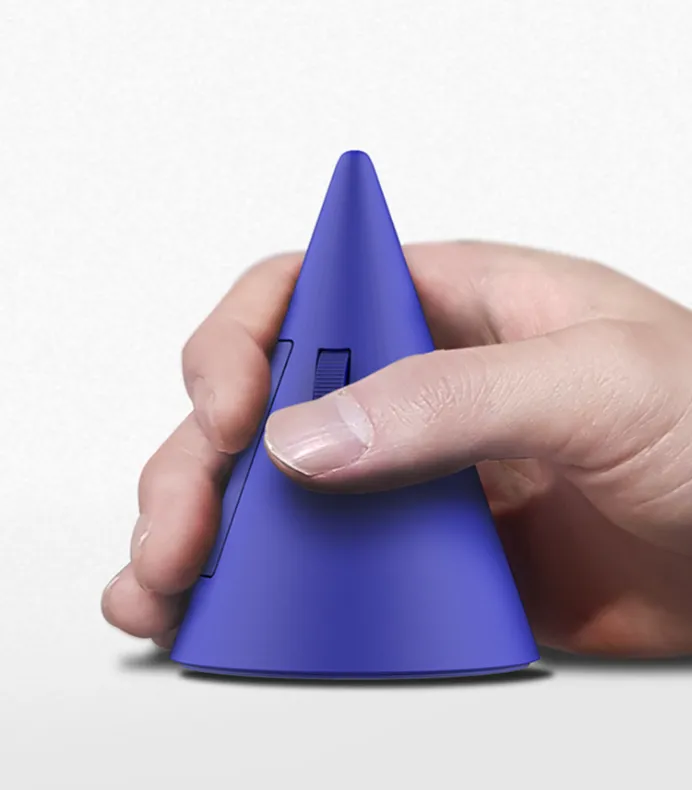
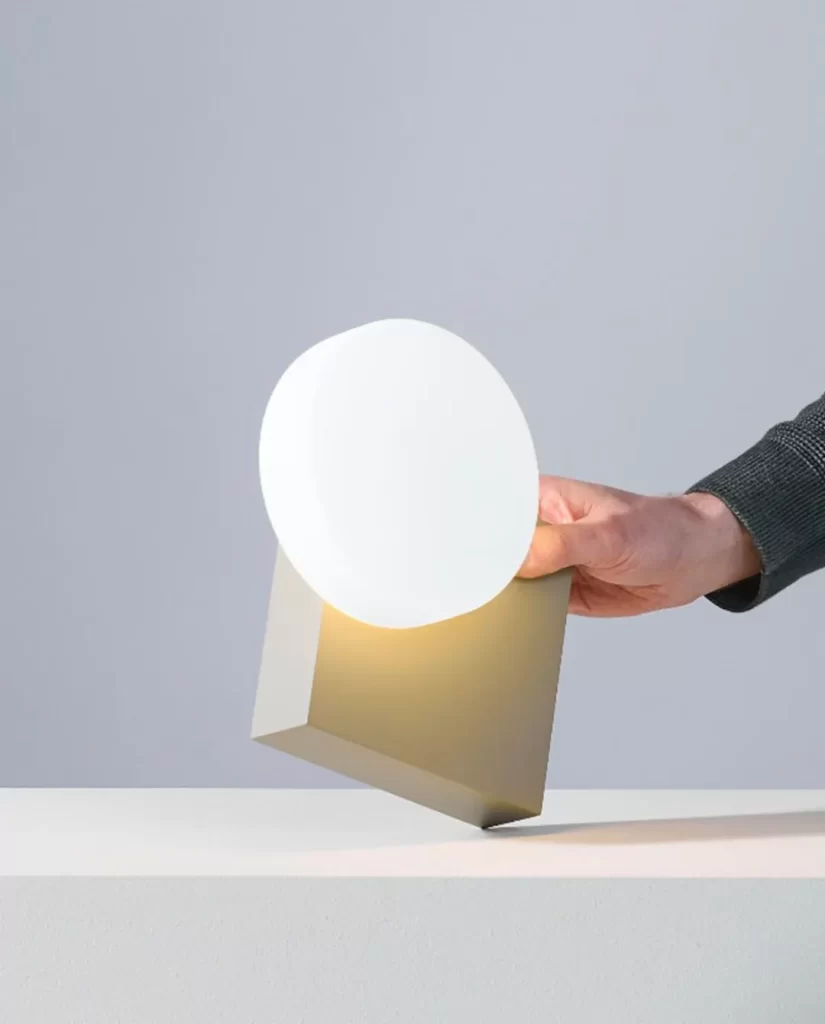
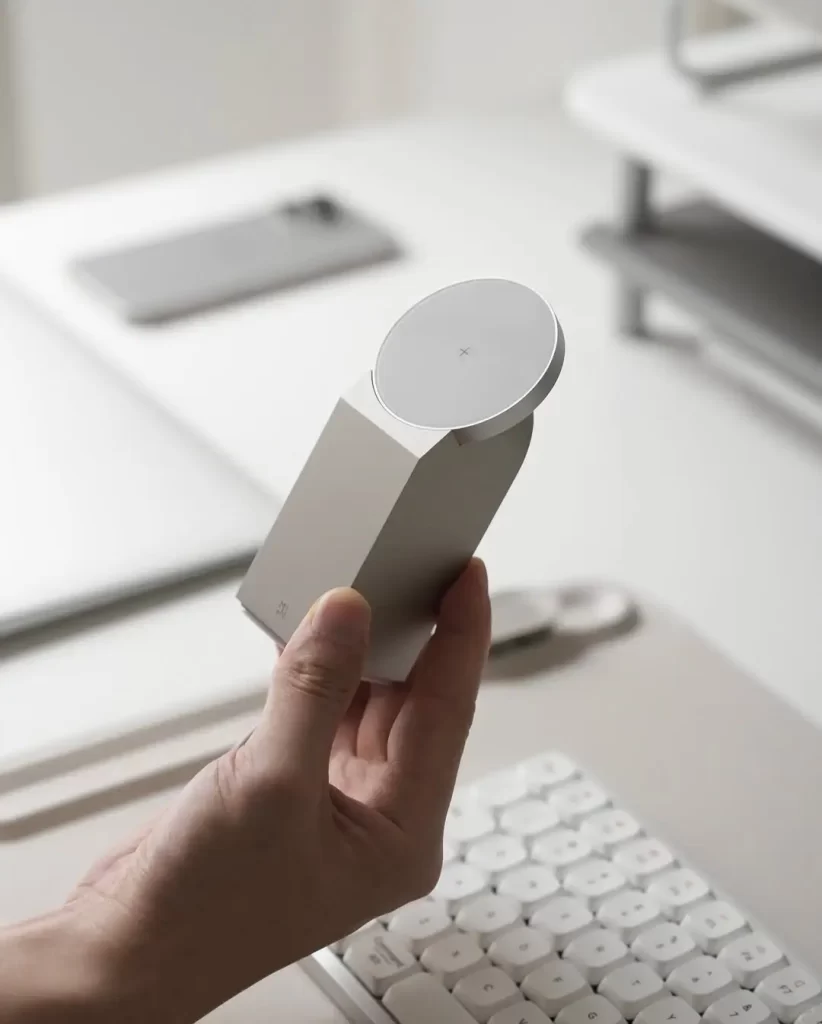
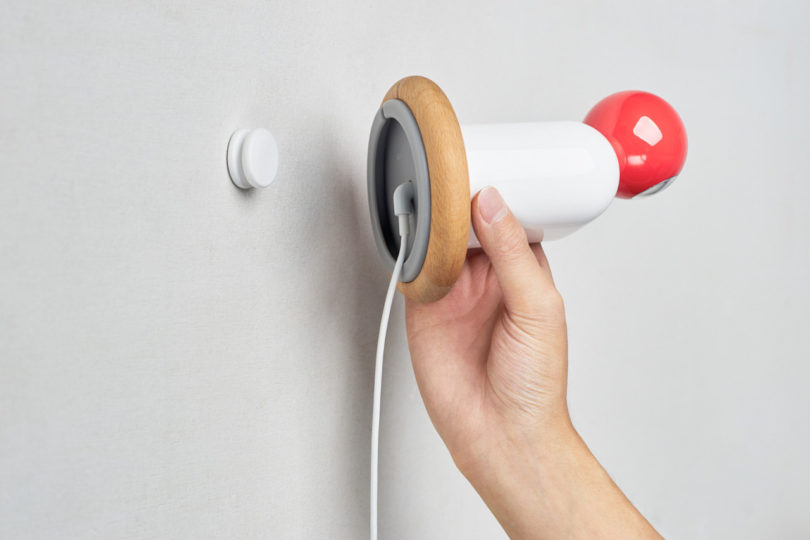
5 “Innovation Traps” that novice industrial designers are prone to fall into
NINEIDEA: In the field of industrial design, innovation is the key to promoting product evolution, but novice industrial designers often fall into various innovative misunderstandings due to lack of experience. Here are the 5 “innovation traps” that novice industrial designers are most likely to fall into.
1、 Emphasize appearance over functional innovation
Novice industrial designers are often obsessed with creating unique and cool product appearances, but overlook innovation in functionality. For example, when designing a new type of juicer, too much attention is paid to the streamlined appearance and color matching of the shell, but there is no in-depth research on core functions such as juicing efficiency, juice output rate, and easy cleaning. In fact, the primary purpose of industrial products is to meet specific functional needs of users, and appearance should serve functionality. Only by innovating appearance on the basis of ensuring complete functionality and ease of use can excellent products be created.
2、 Neglecting innovation in ergonomics
Many beginners tend to overlook the principles of ergonomics when pursuing innovation. For example, designing an office chair that changes the regular height, depth, and backrest angle of the chair in pursuit of a novel design, causing discomfort for the user after prolonged sitting. Ergonomics concerns the comfort, efficiency, and health of user interaction with products. Innovative design must be based on a deep understanding of human scale, movement habits, etc., so that products can conform to the natural form of the human body while innovating, and enhance user experience.
3、 Innovation that deviates from production reality
Newcomers often come up with innovative solutions that may seem ingenious, but are difficult to implement in production. For example, when designing a small electronic product casing, it is required to use ultra-high precision, complex, and expensive mold processes, or to select scarce and difficult to process materials. Industrial design needs to balance creativity and production feasibility. Designers should be familiar with common production processes and material characteristics, so that innovative designs can be efficiently produced at reasonable costs while meeting quality requirements.
4、 Lack of systematic innovative thinking
Some novice industrial designers tend to view products in isolation and lack systematic innovative thinking. For example, when designing a smart home device, the focus is only on the innovation of individual device functions, without considering its interconnection and overall ecological integration with other smart home products. Nowadays, product usage scenarios are becoming increasingly complex, and systematic innovation requires designers to create a more competitive product system from multiple perspectives such as the entire product usage process, multi product collaboration, and user lifestyle.
5、 Lack of market research support for innovation
Novice designers sometimes innovate based solely on personal preferences and imagination, without conducting sufficient market research. For example, blindly launching an innovative lighting fixture without understanding the competitive situation of similar products in the market and the changing trend of consumer demand. Innovation should be market-oriented, by conducting market research to grasp industry trends, consumer pain points, and potential needs, ensuring that innovative designs can hit market pain points and win market recognition.
@NINEIDEA九号创新 www.nineidea.com










